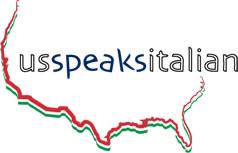First Nations take to designing their own apps to preserve their languages and cultures
TrendingBombardier | Taxes | Brexit | NAFTA | Canadian dollar | Family Finance
First Nations take to designing their own apps to preserve their languages and cultures
Geraldine Malone, Special to Financial Post | April 5, 2017 4:27 PM ET
More from Special to Financial Post

Byron Bates is meticulously adding more than 100 Cree words about medicine, pain and doctors into the mobile app he created, called ATC Cree.
The app developer and Athabasca Tribal Council member built his app in an effort to maintain the languages of his community, made up of about 5,000 Cree and Dene people in the Fort McMurray area. It launched early in March with 120 Cree words translated into English, and includes audio pronunciations. Now he’s working on more.
The band councillor and software developer has already received a lot of feedback, including how useful the app will be for elders who go into the city for medical treatment.
“Medical professionals can bring up the app and ask the elders where it hurts and ask them other questions,” Bates says.

The app is part of a new wave that has indigenous people taking to technology to maintain their traditions.
There are more than 370 million indigenous people in 90 countries worldwide, the UN estimates. They speak up to 6,000 languages, half of which are in danger of disappearing. Some indigenous languages in Canada are in a crisis state, with only a handful of speakers left.
“Technology is the way the world is going, and we want to be on the forefront,” Bates says from his home on Fort McMurray #468 First Nations reserve, about 430 kilometres north of Edmonton. “I think it’s important that we embrace the technologies and use them to the best of our abilities and use the full potential and power of them.”
Technology and social media are being called the new moccasin telegraph, allowing indigenous people around the world to communicate, share their cultures and support such movements as Idle No More and NoDAPL, the group fighting a pipeline in North Dakota.



